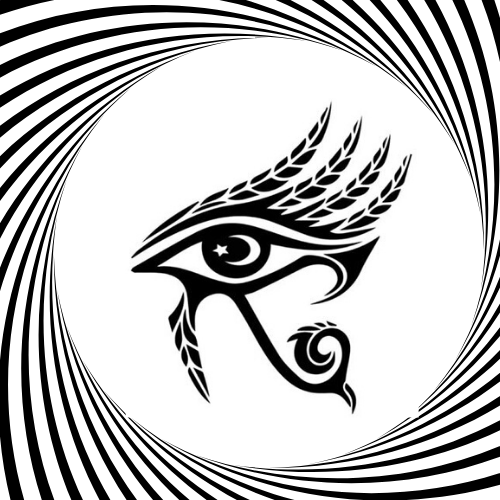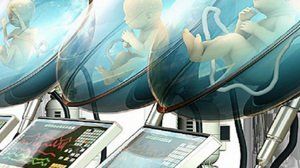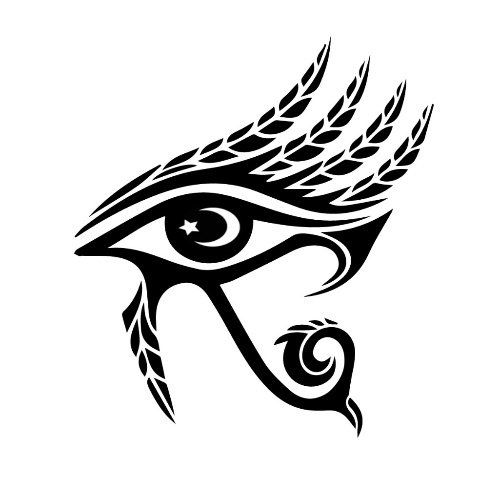Ectogenesis
Ectogenesis
Ectogenesis is defined as the development of embryos in artificial conditions outside the womb, such as artificial wombs.
This process will enable premature babies to continue to develop as though they’re still in their mother’s womb. The infant mortality rate in the United States of America is 5.9 deaths per 1,000 births. In the state of Mississippi, the Infant mortality rate is 8.8 per 1,000. Premature births are the leading cause of infant death. The “bio bag” is intended to improve the survival rates of premature babies and is a significant step forward from conventional incubators. Their results show that lambs (at the equivalent of a premature human fetus of 22-24 weeks) are able to successfully grow in the bio bag, with the oldest lamb now more than one-year-old.
This process will enable premature babies to continue to develop as though they’re still in their mother’s womb. The infant mortality rate in the United States of America is 5.9 deaths per 1,000 births. In the state of Mississippi, the Infant mortality rate is 8.8 per 1,000. Premature births are the leading cause of infant death. The “bio bag” is intended to improve the survival rates of premature babies and is a significant step forward from conventional incubators. Their results show that lambs (at the equivalent of a premature human fetus of 22-24 weeks) are able to successfully grow in the bio bag, with the oldest lamb now more than one-year-old.
The artificial womb is not a new concept. According to a New York Times article dated September 26, 1996, written by Perri Klass, the Japanese developed a technique called, “EFI - extrauterine fetal incubation. They have taken goat fetuses, threaded catheters through the large vessels in the umbilical cord and supplied the fetuses with oxygenated blood while suspending them in incubators that contain artificial amniotic fluid heated to body temperature.”







